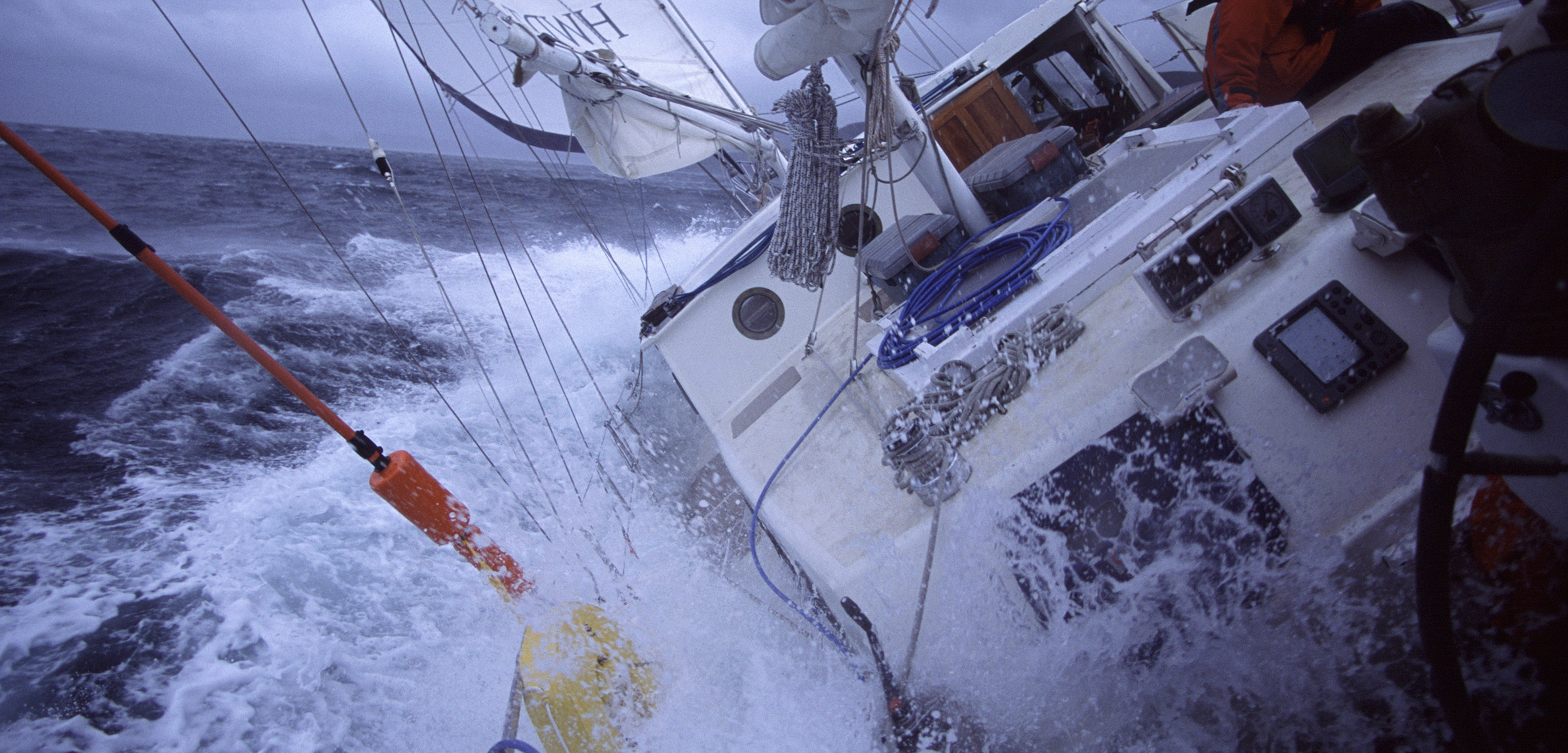Hazardous Waters
Five perils that you can encounter at sea, and where they’re most likely to strike.
Article body copy
The “golden age” of piracy has passed, the Second World War is long over, and safety standards are improving, but taking to the sea is still risky. Here are five things that increase your chance of peril on the ocean, and where they’re most likely to happen.
Piracy
The pirates of today have moved on from the gold bullion of their predecessors to a modern equivalent—oil, or “black gold.” They siphon off hundreds of thousands of dollars worth of it at a time. In all of 2014 and through to April 1, 2015, about 40 percent of reported acts of piracy, including hijackings and hostage takings, happened in and around the Strait of Malacca, the 800-kilometer shipping channel between the Pacific and Indian Oceans. Forty percent of global shipping traffic passes through this important choke point—including most of the oil that Africa and the Middle East ship to petroleum-thirsty East Asia—making the strait irresistible for bandits with black-market connections. At least these pirates just want cargo; pirates in the Gulf of Guinea, another piracy hotspot, resort to violence and extortion, holding seamen hostage for cash.
War
The risks of a sea voyage really depend on its purpose. While luxury yachts may sail the Mediterranean in relative safety, well over 3,000 refugees died in 2014 trying to cross from Africa to Europe in overcrowded, substandard boats. This year, the numbers are likely to rise, with about 1,800 deaths as of mid-May. Some migrants are fleeing the Syrian civil war; others a totalitarian regime in Eritrea. Sadly, an international network of human smugglers profits from these crises. Migrants pay huge sums—sometimes decades worth of personal savings—to board the boats. Unfortunately, many reach shore only to find themselves in crowded camps with links to the Italian Mafia.
Ferry Accidents
In the developed world, ferries are, overall, a safe mode of travel. In the developing world they can be anything but. With substandard vessels, overcrowding, and a lack of crew training, boats are more likely to sink in bad weather. Inadequate emergency training means that, if problems do arise, more people are likely to die. According to the World Ferry Safety Association, 20,000 people died worldwide in ferry accidents between 2000 and 2012, with about 5,100 of those fatalities in Bangladesh alone.
Fishing Accidents
Fishing is the deadliest ocean-going occupation in the world, with an average of 24,000 crewmen killed on duty each year. In the United States, commercial fishing once had the highest death rate of any job; between 1992 and 2008, an average of 128 fishermen per 100,000 died each year. (Logging has nabbed the “most dangerous” title in the United States since 2012.) But fishing in North America is still safer than in West African countries such as the Republic of Guinea, where fishermen venture onto the high seas in canoes. Up to 500 fishermen per 100,000 perish in that country every year.
Huge Waves
In 2000, the crew of the British RRS Discovery must have been terrified when they encountered a 29.1-meter wave—as high as a 10-story building—in the seas west of Scotland during a storm where the highest waves averaged 18.5 meters. These were the roughest seas ever measured. But for sheer size, the largest wave on record has those storm seas beat: In 1958, a 7.7-magnitude earthquake triggered a rockslide in Alaska’s Lituya Bay, and the resultant wave rose 530 meters up the slope of the bay, washing away trees before sweeping out into the Gulf of Alaska. For comparison, Toronto’s CN Tower tops out at about 550 meters.

